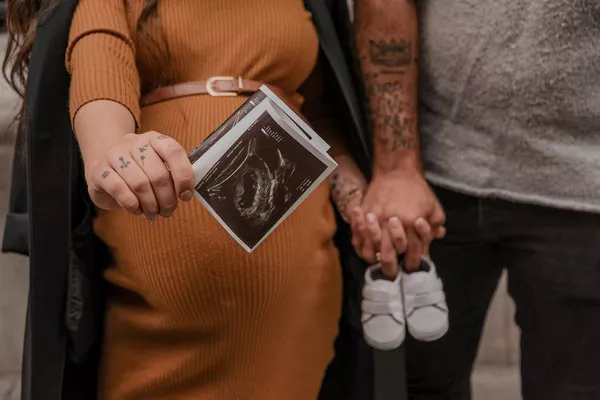This retrospective study aimed to assess whether gonadotropin-releasing hormone agonist (GnRH-a) or gonadotropin-releasing hormone antagonist (GnRH-ant) protocols during in vitro fertilization (IVF) or intracytoplasmic sperm injection (ICSI) treatment in young infertile women improve pregnancy outcomes.
We reviewed the records of 876 young infertile women aged 20-35 years who underwent fresh embryo transfer in IVF/ICSI cycles. Data were collected from January 2019 to December 2022. Patients were divided into two groups based on controlled ovarian hyperstimulation (COH) protocols: GnRH-a (n = 580) and GnRH-ant (n = 296). Primary outcome assessed was live birth rate, with secondary indicators including total gonadotropin (Gn) dose and duration, embryo transfer parameters, and implantation rate.
Live birth rates did not significantly differ between groups (P > 0.05). However, GnRH-ant group showed lower total Gn dose and duration compared to GnRH-a (P < 0.05). GnRH-a group exhibited higher embryo transfer parameters and implantation rate compared to GnRH-ant (P < 0.05). Clinical pregnancy rate was also higher in GnRH-a group.
GnRH-a protocol yielded better embryo transfer parameters, clinical pregnancy, and implantation rates compared to GnRH-ant in young infertile women undergoing IVF/ICSI. These findings provide guidance for COH protocol selection in normal ovarian responders.
Introduction
Advancements in assisted reproductive technology necessitate effective ovulation induction protocols. The gonadotropin-releasing hormone antagonist (GnRH-ant) protocol, characterized by easy administration and reduced ovarian hyperstimulation syndrome (OHSS) risk, is commonly employed, particularly in high or poor ovarian responders. However, its efficacy in normal ovarian responders remains debated. This study aims to compare clinical outcomes between GnRH-ant and gonadotropin-releasing hormone agonist (GnRH-a) protocols in normal ovarian responders undergoing IVF/ICSI, offering clinical guidance for protocol selection.
Materials & Methods
Patient Population: Retrospective analysis included 876 normal ovarian responders undergoing IVF/ICSI between January 2019 and December 2022.
Inclusion Criteria: Ages 20-35, basal FSH < 10 IU/L, AMH > 1.2 μg/L, basal AFC ≥ 5.
Exclusion Criteria: PCOS, ovarian insufficiency, abnormal uterine cavity, genetic diagnosis requirement.
Research Methods: Patients were categorized into GnRH-a and GnRH-ant groups. Clinical outcomes, including clinical pregnancy and live birth rates, were assessed. Protocols for each group were detailed, including COH protocols, oocyte retrieval, IVF/ICSI procedures, and luteal support.
Statistical Analysis: Data were analyzed using independent samples t-test, chi-square, or Fisher’s exact test.
Results
Live birth rates did not significantly differ between GnRH-a and GnRH-ant groups (P > 0.05). However, GnRH-ant group showed lower total Gn dose and duration (P < 0.05). GnRH-a group exhibited higher embryo transfer parameters, clinical pregnancy rate, and implantation rate compared to GnRH-ant (P < 0.05).
Conclusions
GnRH-a protocol demonstrated superior embryo transfer parameters, clinical pregnancy, and implantation rates compared to GnRH-ant in young infertile women undergoing IVF/ICSI. These findings support GnRH-a protocol selection for normal ovarian responders, providing valuable clinical guidance in protocol decision-making.

